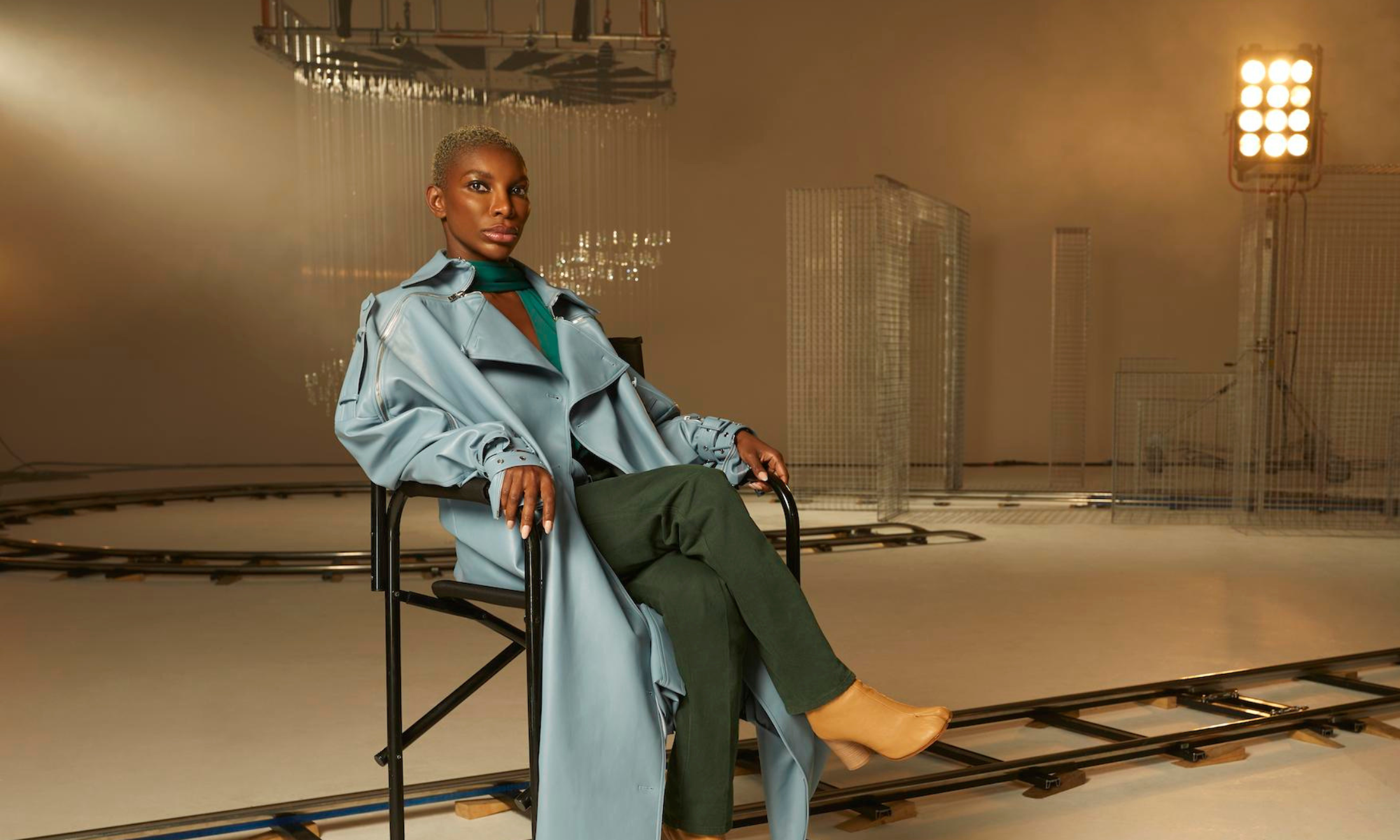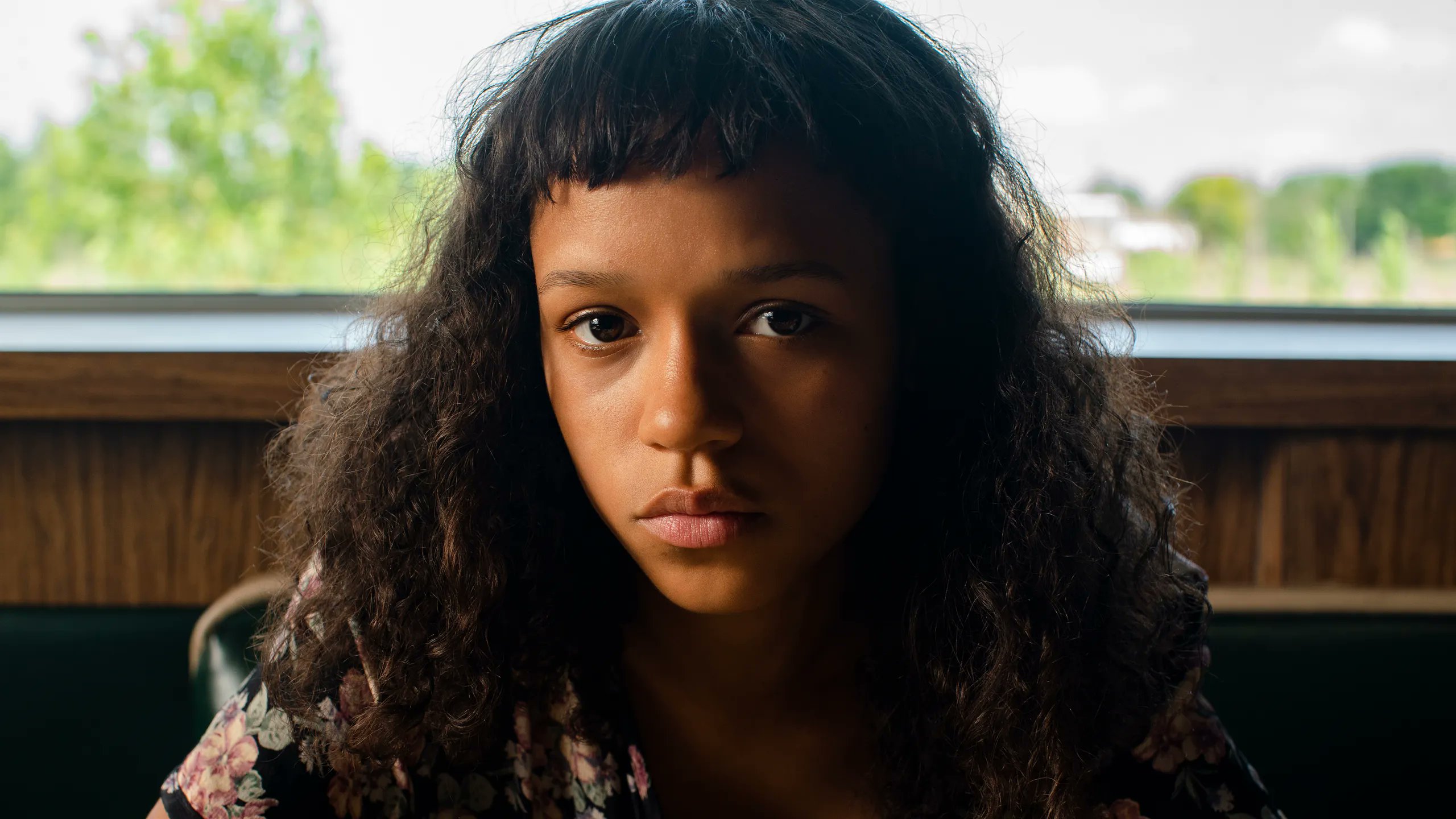
Over Christmas, Netflix released one of their biggest-budget productions to date, the 2017 blockbuster Bright. With a star-studded cast including Will Smith, Joe Edgerton and Ike Barinholtz, this fantasy action-adventure film attempts to tackle the gargantuan topic of race in America, through the guise of mythical creatures.
Set in present-day LA, the story begins in a world where humans and mythical creatures live side-by-side. You have the elves – they are beautiful, powerful, and in charge of the wealth. Then there’s the post-racial humans, who are somewhere in the middle. There’s the orcs, who are hated by society, generally untrusted and quite physically unappealing. And lastly you have the fairies who are essentially treated like insects.
Set in a world where orcs are treated as second class citizens because of a battle between humans and other mythical creatures thousands of years ago, Bright follows the story of a human cop (played by Will Smith) forced to work alongside the LAPD’s only orc police officer (played by Joe Edgerton). After finding a rare magical wand which fulfils an old prophecy, the two pair together.
Bright had the makings of a brilliant action adventure film, with different magical beings fit for a Tolkien epic set alongside the cheesy one-liners delivered by everyone’s favourite, Will Smith. But what could have been a wonderful blockbuster, unfortunately fails, because the film half-heartedly tries to create social parallels between magical species and human races. They become blurred and messy, leading to confused and dangerous stereotypes.
“Parallels become blurred and messy, leading to confused and dangerous stereotypes”
Bright falls short in places where Pixar’s family film, Zootopia, actually manages to succeed. Zootopia seamlessly analogises how race and gender work in society in a way that can be consumed by both adults and children. Instead of trying to prescribe one animal to one marginalised group, Zootopia explores how stereotypes are damaging overall. There’s an elephant with an awful memory, and a fox who’s falsely accused of being cunning. Bright, on the other hand, does the complete opposite of this.
Daryl Ward, played by Will Smith, is a black police officer and has a blended family, which all purposely adds to the image of a post-racial America. Within the first 20 minutes of the film, he beats a fairy to death with a broom whilst saying “fairy lives don’t matter today”. This line was obviously meant to be a comical play on the Black Lives Matter movement, and with a black protagonist delivering the line it almost seems like a harmless joke. But all-lives-matter supporters do not need more ammunition to ridicule a movement that was born out of black people being continuously murdered by the police. It’s corny.
Whilst the magical creatures are being introduced in the film, we meet the elves. They live in up-town LA, they have lavish lifestyles with orcs driving them around in expensive cars. And unsurprisingly, every elf is white, and conventionally beautiful, with straight hair. But if the elves are a separate race outside of humankind then why are they all white? The only thing that differs between them and any Nordic supermodel is their slightly pointed ears. It seems too convenient that every elf is coincidentally white.
“There’s even a scene where an orc is lynched. It’s painfully unsubtle that the orcs clearly represent black people”
The orcs, on the other hand, are hated by society and are untrusting of the police. They’re criminals, they hang on street corners in big chains and baseball caps blasting loud music. Nick, the police officer, is shunned by other orcs for being in the LAPD. There’s even a scene where an orc is lynched. It’s painfully unsubtle that the orcs clearly represent black people.
Aside from the fact that the orcs are ugly, aggressive and the the general pests of society which is offensive in itself, there’s a far more worrying aspect to this racial comparison. The problem is that orcs are hated because of something evil their ancestors did in a war thousands of years ago. But what have black people done to be hated? This comparison feels like victim-blaming, like there’s a justification for the orcs’ mistreatment, and thus a justification for why black people are treated so badly in society.
Although Bright thinks it is being helpful by attempting to dissect race in America, it ultimately falls short and adds to existing damaging stereotypes. It’s offensive and boring to see the struggles of black people being reduced to grotesque portrayals by orcs. We don’t need mythological monsters to illustrate a very real and present issue in society.









